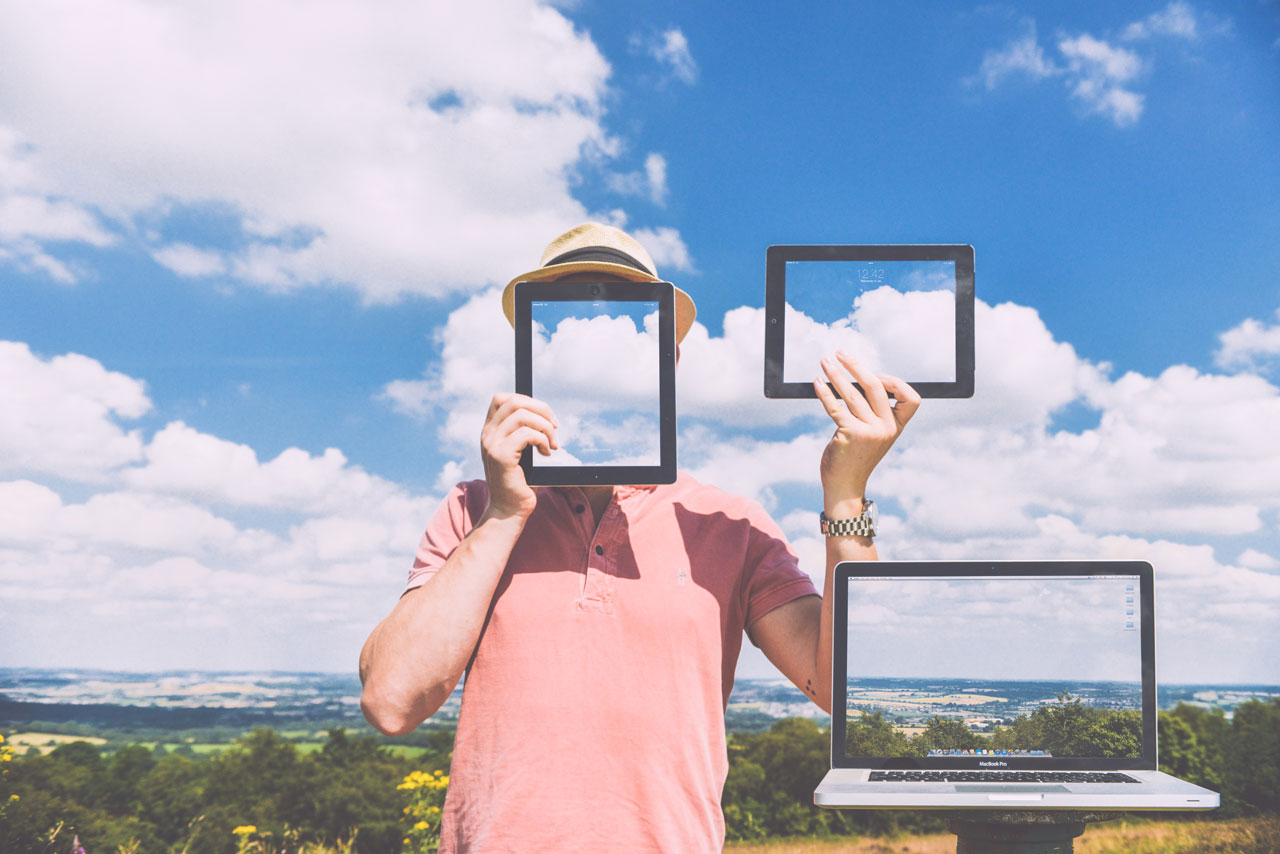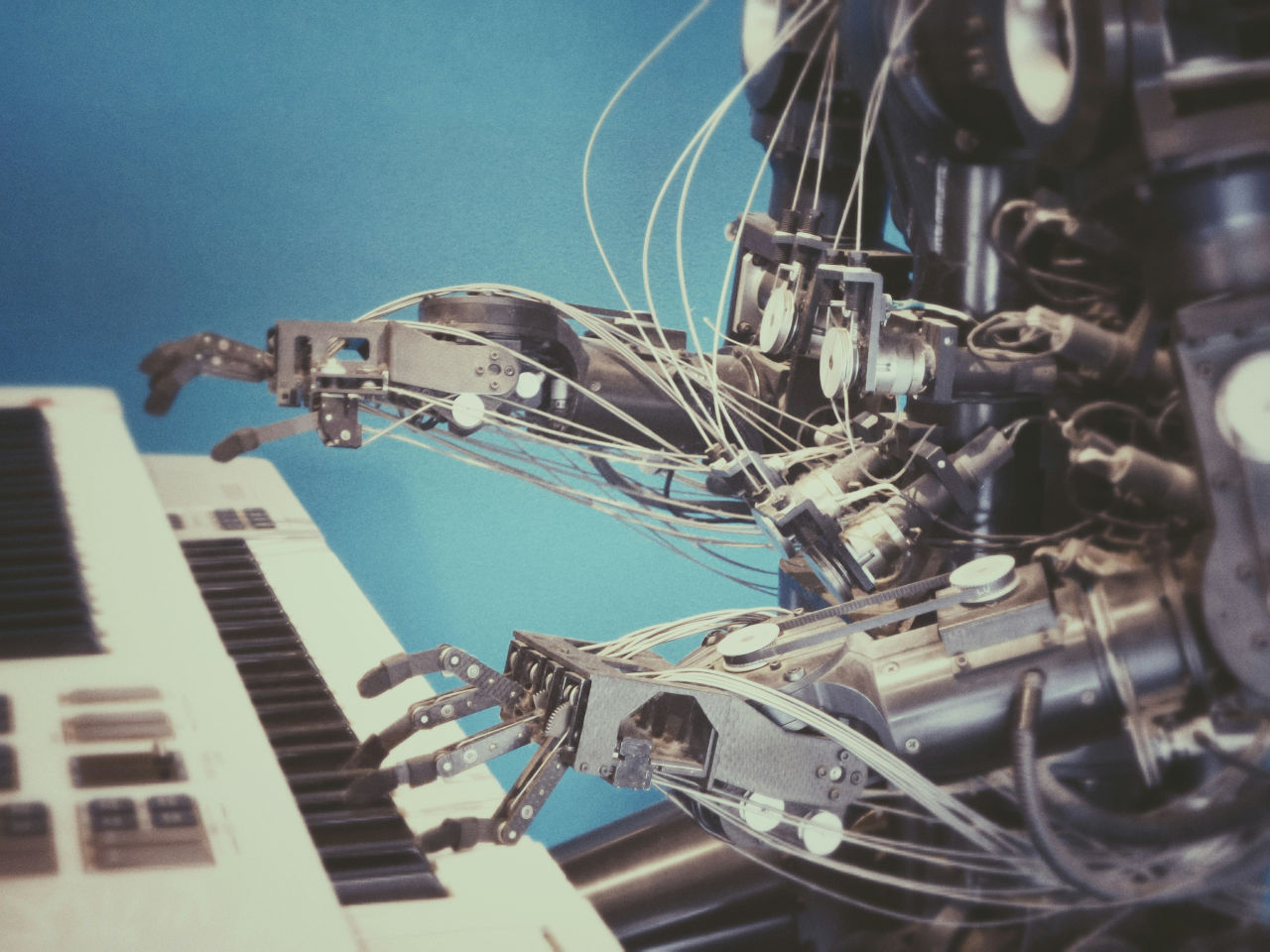Enjoyment comes in those moments that you are engrossed in some task to the point that nothing else is or could possibly be on your mind. Your sense of time changes and nothing else exists to you but the event at hand. This is what psychologist Mihaly Csikszentmihalyi calls a state of flow.
It has been studied in athletes, musicians, programmers and gamers, but can occur in virtually anyone provided they are intrinsically interested in and challenged by the task. Naturally, as the challenge rises, our performance must rise to match it—when the challenge takes us to our limit but not any further, we enter flow, and our performance ascends to its peak.
“Most enjoyable activities are not natural; they demand an effort that initially one is reluctant to make. But once the interaction starts to provide feedback to the person’s skills, it usually begins to be intrinsically rewarding,” writes Csikszentmihalyi.
Flow, despite the struggle involved, has often been deemed one of the most rewarding sensations around. Yet as we spend more time working with computers, we find a great deal more distraction and divided attention than flow. We can barely read past a headline, let alone read a book or sit through an entire documentary.
If we can’t dedicate ourselves to what we’re doing, we won’t find flow. We’ll be skimming across the surface haphazardly, never going deeper, never getting absorbed by anything. As a result, we get less done in more time, the work is worse than it should be and we remember very little of the experience. It is, to put it mildly, a rather inefficient use of our time and energy.
The Price of Attention
Think about how little of your experience you remember. We have trouble recalling where we parked the car, left our keys, or what we ate for breakfast. We curse our memory for letting us down, but part of the problem is how we’re trying to handle modern life.
Now we have a lot more things to remember. Phone, credit card and ID numbers; login details to a cumbersome list of apps and sites; the stack of responsibilities crowding our to-do lists. The more we ask of our mind, the more it will struggle to keep up, to the point it will begin to lose and forget things.
If you want to remember more of your experience, you need to pay more attention, but when our mind is occupied with many different thoughts, we don’t have that attention to give it. Psychologists call this effect continuous partial attention.
Every time you start to think about what you have to do or remember, that thought takes up some space in what is known as working memory. The more information you need to work with, the more space in working memory you require. There is a limit, of course, and it is fairly small.
The more we store in working memory, the less cognitive resources we have available for everything else. This is fine for undemanding tasks—brushing your teeth or riding your bike can be accomplished with only a fraction of our attention. It’s not ok when we want to enter a state of flow, remember something long-term, or have to perform some type of cognitively-demanding mental calculations.
Screen Time
For those with a curious mindset, the Internet is a modern panacea, though it is easy to get trapped. We can end up scrolling through an endless parade of posts and media, crafted by an intelligent algorithm to appeal to only us. With each spike of dopamine, we get pulled a little further into the network or site that’s supplying it.
When we’re staring at a screen, we’re also susceptible to all manner of distractions. These distractions come not only in the form of intrusive messages, advertisements, and popups, but also in the subtle inclinations we have to check social media, email, or some other site that happens to be more entertaining than what we’re trying to do.
The bonanza of information and choice on the internet is alluring and vexing. It’s like being a kid trying to pick one flavor of ice cream from a menu of over 200. There’s so much good stuff to see that you’re never quite sure where to begin—and when you do, you worry that you could be missing out on something even better.
Without ever feeling confident in and focused on one thing, we never fully invest in it. Nicolas Carr writes about the effects of over-using the internet in his book The Shallows—“Calm, focused, undistracted, the linear mind is being pushed aside by a new kind of mind that wants and needs to take in and dole out information in short, disjointed, often overlapping bursts—the faster, the better.”
All the flicking back and forth that results could be considered another form of multitasking. It does not follow the proper definition, however. We are not doing two things at once, we are alternating between two things at a rate quick enough to seem as though we’re doing them simultaneously.
As you engage with another task, you must forget what previously occupied your mind and gather the material relevant to the task you’re switching to. This takes time and energy. Doing so repetitively and with little time in between will sap unnecessary energy, leaving us depleted after having accomplished less than we would have had we concentrated on one thing for longer.
This behavior ends up damaging every task we’re trying to accomplish. Our attention is narrow and our working memory limited, you can devote it all to a task in order to do the best work possible, or you can divide your resources and hope that it will be enough—which it rarely is. Unless we find a way to direct our attention to solely one thing, we’ll end up more scatter-brained than informed, and more exhausted than need be.
The Problem Is The Solution
As has been said many times before—technology is a tool. It all depends on how we use it. Distracting though it can be, a state of flow is certainly possible if we can establish a healthy means of operating it.
The best way to begin is to limit unnecessary distractions. Define a purpose for the apps and programs you use—take a look at what you need and what you can live without, and delete the latter. Turn off the devices you’re not using, turn off notifications for all but the essential apps, close the tabs and programs that aren’t relevant, and grab one of the extensions or apps in our Flow Productivity Toolkit that restrict what sites you can visit.
Second, plan ahead. Always know what you want to achieve and how you’re going to do it before you open your device. If you look at an empty screen and have to think about where to start, some entertaining alternative is likely to spring to mind—even if you swear it’s only for a minute.
Thirdly, keep your process and your tools structured. Restrict yourself to one program at a time rather than jumping between them. Set yourself a timeframe to accomplish your task and take breaks from technology to refresh your mind. Use to-do lists and scheduling tools to keep track of these things instead of relying on your working memory.
Technology is an extension of us. We augment our physical and mental capacities, but in so doing place ourselves at the whim of that technology. If we do not set goals, limits, and rules for how we use our devices, we will end up being guided by them. Our attention is a scarce resource and if we’re not careful technology will tear it in every direction.
A state of flow requires attention and a challenge. While social media can certainly arrest our attention, it lacks the challenge—it’s comfort food. When we have something meaningful to work on, a problem to solve or an idea to develop, then we have our challenge. Technology can aid us in this pursuit, it can provide the conditions for flow, if only we can take control of it.
Want to retrain your brain for single-pointed focus and consistently achieve a state of flow in your work? Join my free 5-day Flow Productivity Challenge.




